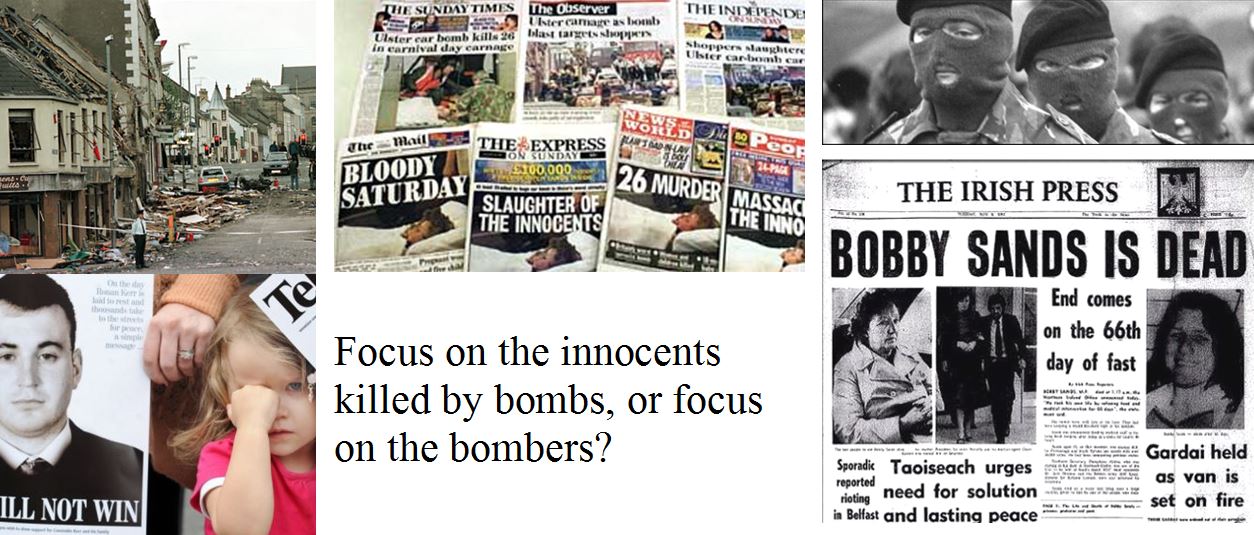
Last night several Twitter users were outraged that I feel we
should not march behind UVF banners, or have UVF in 6 foot high letters on our
gable walls.
How could it harm unionism,
I am asked, because we all support the sacrifices these men made at the
Somme in 1916?
Here’s how:
Old UVF – The Truth
The old UVF, like the old IRA, was formed to use the threat
of violence to achieve the political aims of its masters. It was created to oppose the British
government’s decision to grant Home Rule to Ireland
in 1913 and in April of the following year, the UVF successfully smuggled 25000 rifles from Germany with which to fight the
British Army!

Unfortunately for the men who joined the UVF, their ‘armed
struggle’ took an unexpected turn because the First World War intervened, and
many of the UVF men ended up dying in their
thousands as part of the British Army in 1916 at the Somme. They died horrible,
tragic, and probably needless deaths – read the poems of Wilfred Owen.
The Problem for Unionism in 3 years time - 1916
If unionists can march behind UVF bands, can republicans
argue for the right to march behind IRA bands?
Don’t forget there is an old IRA, just as there is an old UVF, and the Provos used the
romanticism attached to the old IRA to justify their murders, just as the
modern UVF use the romanticism associated with the old UVF.
In 3 years time, we will see the
Irish
Republic and perhaps parts of N.
Ireland remember the IRA of 1916, without whom the
Irish Republic
would not exist.
How will we feel if IRA
flags are flown across
Belfast,
even if the date 1916 is added to the flag to emphasis that it is the old IRA
being remembered?
Our use of flags, banners or wall murals celebrating the
‘old UVF’ provides Republicans with the perfect excuse to celebrate IRA
bombers.
The Way Forward
We need to stop romanticising the UVF in the same way the
Republic needs to stop romanticising the IRA.
The same myths were used by both Republicans and Unionists and the
British government to persuade young men that it was noble and heroic to kill
or be killed in support of a political objective, that those who would prefer
the slow, steady surge of politics to achieve the same result were somehow less
noble.
The UVF and the IRA were both products of crazy times when
young people were fed lies about the glory of war. Both Unionists and
Republicans need to stop romanticising the ‘armed struggle’. How can people brought up praising Wilfred
Owen for exposing the old lie ‘Dulce et Decorum est pro patria mori’ in
relation to the first World War, swallow exactly the same lie in relation to
the IRA and UVF from exactly the same times.
Had the people of 1914 and 1916 had the wisdom to solve
their problems through politics and compromise, they could have saved us all a
lot of misery and death. Those who opted
for the threat of violence as a solution did us no favours; they left an unholy
mess for their children and grandchildren to sort out.
They are worthy of our pity but not our praise. They are certainly not a good example for our children who
need to learn how to live together in peace.








